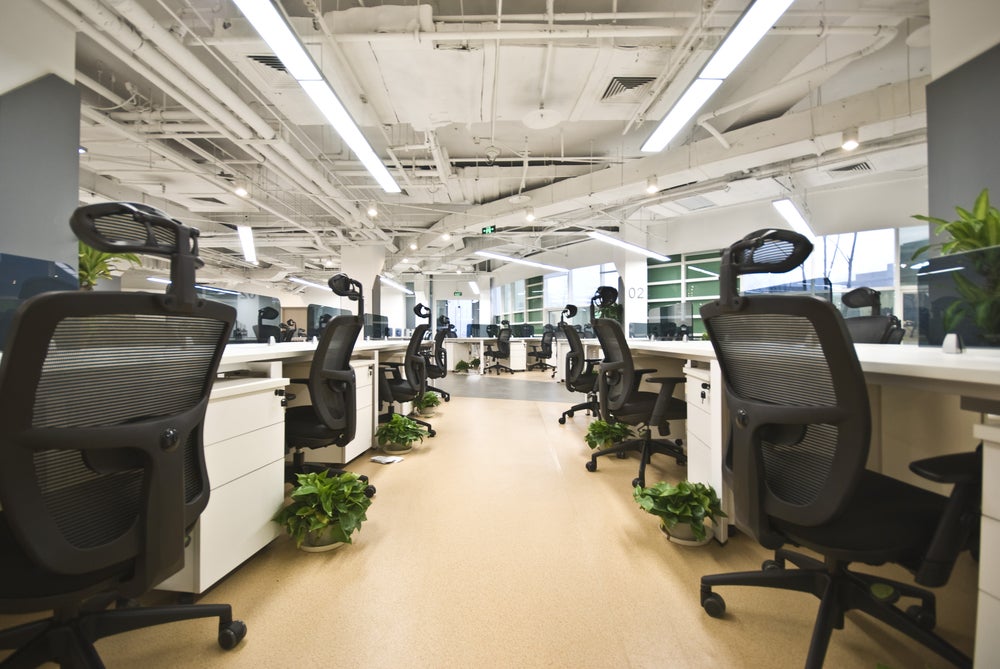
Since the first Covid-19 lockdown occurred two years ago, the world of work has undergone a transformation across all sectors. Business leaders have had to adapt to new styles of management and the approach to attaining and retaining talent has been in a constant state of flux.
As a result, the widely reported labour shortages and skills gaps across numerous fields – including manufacturing and supply chains – have been aggravated. This has put talent sourcing higher up the agenda when it comes to site selection.
With no end in sight to the pandemic, what are the long-term effects this has had on site selection and the global workforce, and is the ‘new normal’ set to become the status quo?
How flexible is the future?
The biggest and most obvious Covid impact has been widespread remote working. As Covid restrictions continue to lessen and more of the world becomes vaccinated, is remote working going to fade too?
According to Jay Garner, founder of Garner Economics and former chair of the Site Selectors Guild, the answer is yes and no.
“Work from home, or as I call it, live at work, will become more of a hybrid,” he says. “Many employees liked the freedom or independence of working from anywhere, but companies still have millions or billions of dollars of real estate investments for offices and they will not allow that to stand idle.”

US Tariffs are shifting - will you react or anticipate?
Don’t let policy changes catch you off guard. Stay proactive with real-time data and expert analysis.
By GlobalDataFor the services sector in particular, office real estate has proven to be a key motivator for facilitating ‘the big return to work’. This has created a sort of push and pull between companies and workers.
The above chart uses data from a report by McKinsey, The Future of Work After Covid-19, and shows that the potential for remote work was higher in more advanced economies. Yet across the 800 occupations tested, only up to 26% of these felt they could work effectively remotely for three to five days a week.
Despite this, Bhushan Sethi, joint global leader of people and organisation at PwC, says: “Worker preferences have changed forever… No one's returning to five days a week because no one wants to.”
When work from home isn't an option
Preferences seem to differ depending on the generation, with the general consensus being that younger generations feel as though they are missing out on the social and networking aspects of being in an office, and older generations are happier with remote working, as they can balance work and family life better.
For some sectors though, preferences are a moot point, with manufacturing and hospitality being examples of sectors with little wiggle room when it comes to remote working. There is no way to remotely manufacture in a factory or remotely run a restaurant or hotel.
When asked how Covid has impacted site selection and workforces across sectors differently, Garner says: “For the office sector, if you are able to work from anywhere, it expands the net of the labour pool. For manufacturing or distribution, it does not.”
Where’s the talent?
If the labour pools that exist within many sectors are now largely composed of ambiguous remote workers, what does that mean for site selectors?
Mark Williams, president of the Strategic Development Group – a site selection company – and another former chair of the Site Selectors Guild, says: “As far as site selection goes, companies are more concerned than ever that they can find an initial and long-term workforce. Many of them, particularly in the US, based some elements of their searches on which geographic political subdivisions allowed people to go back to work or not, because they were concerned that they could be shut down again in the future.”
This 'moving parts' characterisation of the pandemic has meant that businesses have had to be very agile over the past two years, with security often higher up their agenda than savings. This has accelerated the trend of low-cost labour being less appealing, particularly when paired with the continuance of digital transformation across sectors.
Williams goes on to say that with every recession there has been a trend towards more automation, which results in the need for higher-skilled workers. This means there is high capital intensity for businesses and perhaps fewer jobs in the future for low-skilled workers.
Retaining talent is a concern
All of this adds to the tension between business leaders and workers, according to Sethi, who says: “In 2022, given the competitiveness of the talent markets, employers are loath to rock the boat.”
Indeed, the widely reported 'big resignation' has seen a large proportion of the global workforce change jobs or retire from the workforce. In the same McKinsey report, it was estimated that by 2030, occupation transitions were expected to increase by as much as 28% across countries compared with levels before the pandemic.
This brings into focus another Covid impact upon businesses: the need for good managers. The benefits of managers holding soft skills has never been higher, given their ability to ensure that workers feel connected to the business (even when working remotely), and this is a more nuanced problem for business leaders and site selectors to solve.
Covid has undoubtedly accelerated trends towards digital solutions, flexible working and the need for highly skilled talent, but how remote and agile the new normal of working will be in the long-term is yet to be defined.



